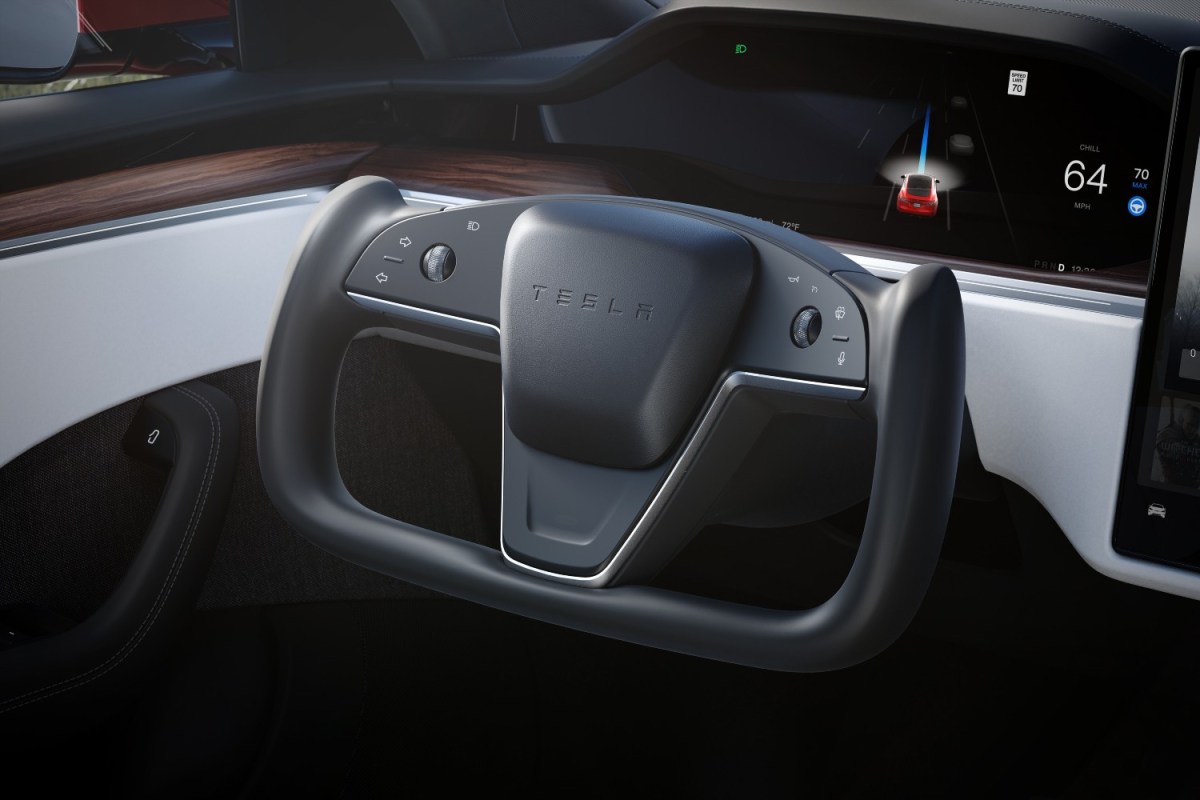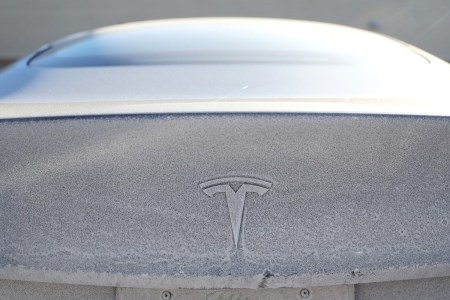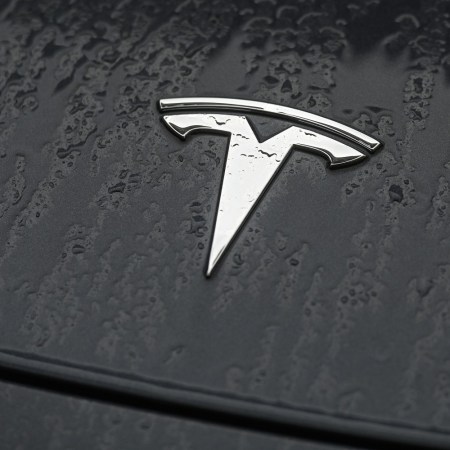If there’s something Tesla is almost as well-known for as its production of electric vehicles, it’s the way that it promotes those vehicles. Most automakers, whether their vehicles are luxurious or entry-level, make use of some form of advertising. Tesla, famously, has opted to use word of mouth to promote its offerings, and it’s a strategy that’s gotten the automaker plenty of press for choosing — pardon the phrase — the road less taken.
The reasons for this strategy aren’t difficult to parse — and up to a point, it’s worked well for the automaker. The thinking behind it is also sound: after all, someone who’s already driving a particular make and model of a car can speak about their positive experiences with it with a reasonable amount of authority.
That said, the EV market when Tesla first entered the space and the EV market now aren’t quite the same thing. All of which might explain why Tesla is taking a slightly different route this year and is spending some money on — gasp! — advertising. That’s what Business Insider‘s Katie Balevic reports — citing a Wall Street Journal article revealing that Tesla is spending roughly 36 times as much on ads in 2023 than it did in 2022.
The overall amount Tesla spent on ads last year is still relatively low: $6.4 million. By comparison, GM spends $3.2 billion annually on marketing, as per a GM Authority article from earlier this year. Based on its own history, Tesla’s ad spending is striking; compared with its peers, it’s still low.
Elon Musk Wants More Control of Tesla. Tesla Investors Aren’t Convinced.
Musk made the initial request earlier in the monthBut it’s also indicative of where the auto industry is right now: namely, Tesla is no longer the only game in town for EVs. And as Tesla opens up its charging network to more and more automakers, it could have a paradoxical effect on its vehicle sales. After all, if you can charge an EV from BMW or Ford at a Tesla charging station, that removes a factor that might have previously been an exclusive selling point for Tesla. With all of that in mind, it’s not hard to see why Tesla ads are a little more widespread than they once were.
This article was featured in the InsideHook newsletter. Sign up now.














